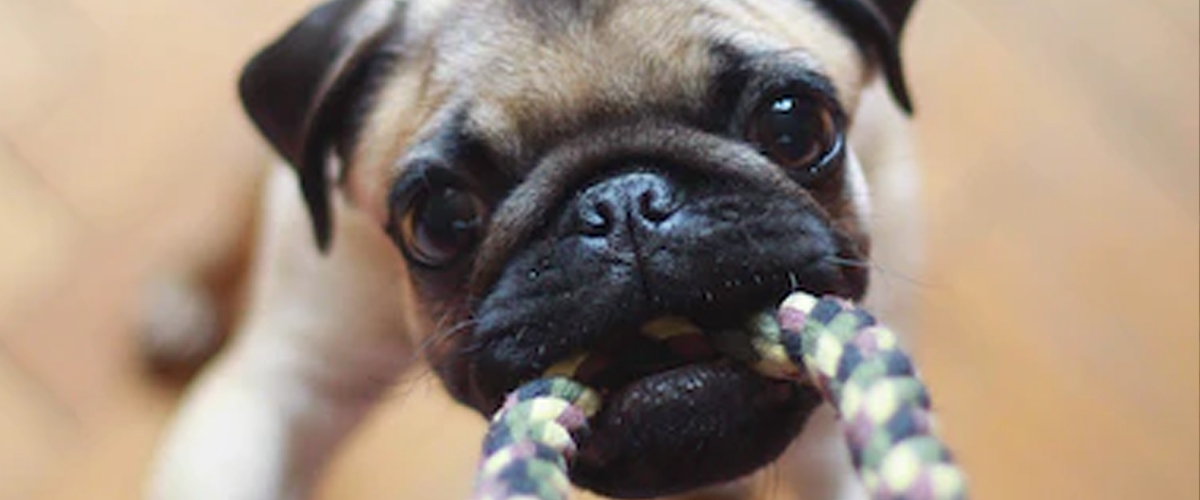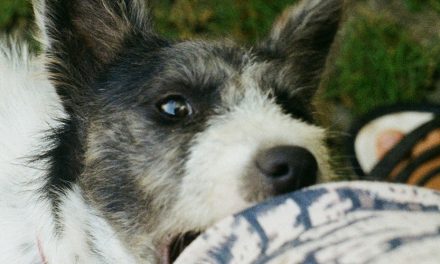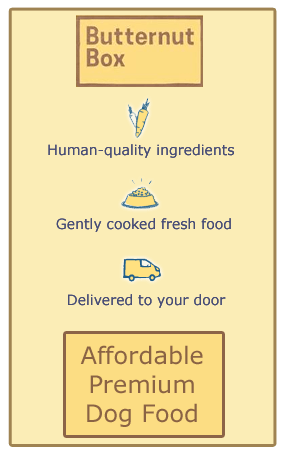Dog aggression can often be a response to fear, misunderstanding, or even confusion, and it’s important to understand that punishing your dog often exacerbates these feelings.
PUNISH YOUR DOG?
Dog punishment can lead to further behavioral problems and can damage the bond between you and your dog, making it harder to communicate and train effectively.
It’s critical to remember that dogs don’t necessarily understand the concept of punishment as humans do.
They perceive it as a direct threat, leading to anxiety, fear, and potentially, aggression.
Instead of resorting to punishment, a more effective approach is to use positive reinforcement.
POSITIVE REINFORCEMENT
This technique involves rewarding good behavior, which encourages your dog to repeat it.
If your dog is showing signs of aggression, instead of punishing them, try to figure out what is triggering this behavior.
Is it certain situations, people, or environments that make them act out?
Once you identify these triggers, you can start to work on desensitizing and counter-conditioning.
DESENSITIZE
Desensitizing involves gradual exposure to the trigger in a controlled environment, allowing your dog to become more comfortable with it over time.
Counter-conditioning, on the other hand, involves changing your dog’s emotional response to the trigger.
For example, if your dog becomes aggressive around other dogs, you might begin by observing them from a distance while rewarding your dog for calm behavior.
Over time, you gradually decrease the distance, always rewarding your dog for remaining calm.
GOOD DOG
Positive reinforcement doesn’t just apply to rewarding good behavior.
It’s also crucial to provide your dog with mental stimulation, love, and respect. Dogs are intelligent creatures who need mental engagement just as much as they need physical exercise.
By providing them with toys, puzzles, and opportunities to learn, you are catering to this need, which in turn reduces their chances of developing aggression stemming from boredom or frustration.
PATIENCE AND LOVE
Finally, remember that patience is key.
Changing a dog’s behavior takes time and consistency.
Punishment might seem like the quick fix, but it’s not the sustainable solution.
Softening a dog’s aggressive behavior or any undesired behaviors through positive reinforcement, on the other hand, may take more time, but the results are more long-lasting and beneficial, leading to a happier and healthier bond between you and your canine companion.
GET SUPPORT
It’s important to consult with a professional dog trainer or a behaviorist if your dog’s aggression continues or escalates.
They can provide personalized advice and guidance based on your dog’s specific situation, ensuring that you’re taking the right steps towards a more positive relationship with your pet.
Remember, every dog deserves to be understood and respected, so always opt for kindness and understanding over punishment.








